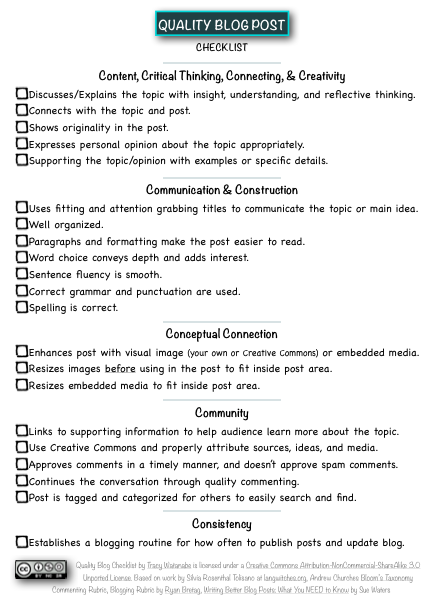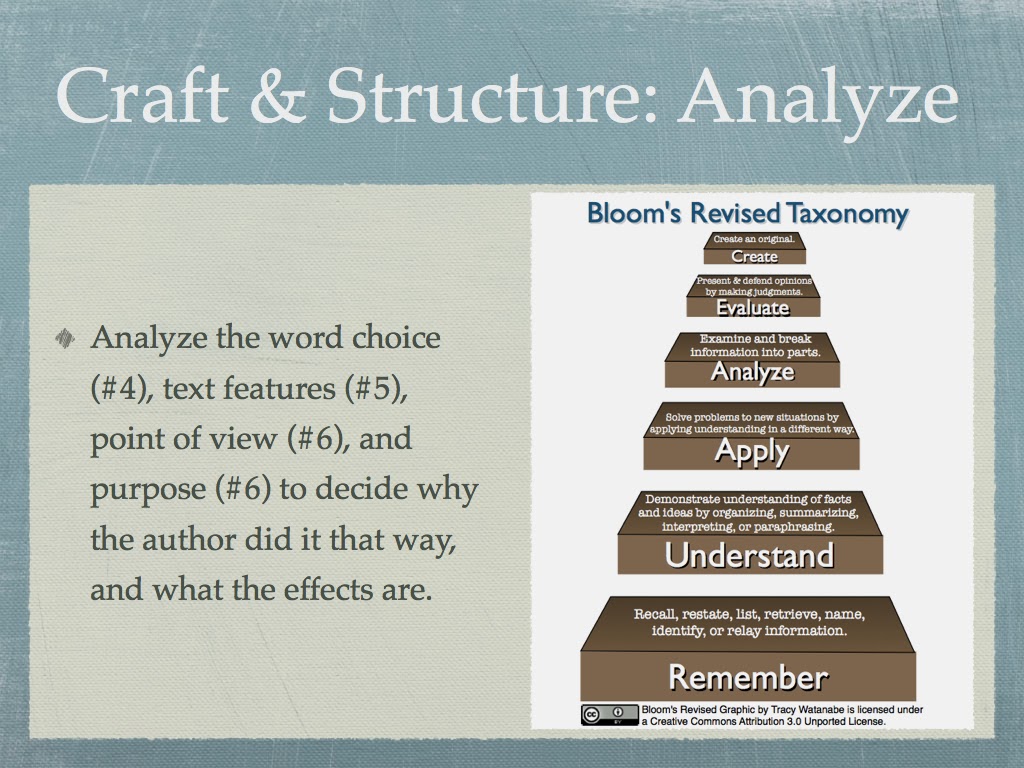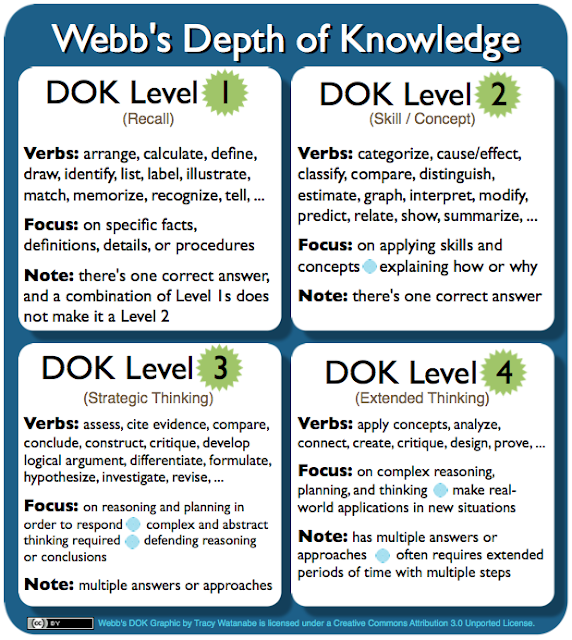Bloom's Taxonomy and a Praying Mantis
 |
About ten years ago, I had a third grade student bring a praying mantis to our class, and we placed it in a terrarium. The students were fascinated with it.
To capitalize on their interest, I introduced Bloom's Taxonomy for writing research questions about our praying mantis.
I gave a simple explanation, then they worked together in small groups to write questions based on Bloom's Taxonomy. They also had some great insight about each level:
Knowledge: These are facts that we could just look up and memorize. They used the least amount of "brain-power" on Bloom's Taxonomy.
- What is a praying mantis? What does a praying mantis look like? What does a praying mantis eat?
- The students noticed that their spelling tests were these types of questions.
Comprehension: This is understanding the knowledge, and when you put it in your own words, you show you understand it. Even though these used a little more "brain-power," they're still just the second level of Bloom's Taxonomy.
- How would a praying mantis catch its prey? Why are some praying mantises green and others brown? What did you learn about praying mantises? (a summary)
- The students pointed out that most of their test questions were at this level.
Application: Use the new information or apply it.
- How could we act out the praying mantis' hunting habits? What will our praying mantis need in his terrarium to stay alive?
- The students realized that writing a report would be at this level because they were applying some structure and organization to their new knowledge from what they understood.
Analysis: Break the big ideas into smaller ideas, and describe how they are related.
- What are the functions of the body parts on the praying mantis? What makes the praying mantis such a good hunter?
- The students wondered if this meant we had to look inside the praying mantis' body. I assured them we did not, but we would look it up on the Internet or in our books.
Synthesis: Create something completely new using all the Bloom's levels we've talked about so far.
- Create a praying mantis that would have been alive during the dinosaur times, and relatively the same size as the other dinosaurs. What made him capable of surviving? How would he affect the other dinosaurs? Create a poster, presentation, drama, or a model to help explain how well your praying mantis would survive, and how he'd affect the time period.
- The kids were so excited at this point, and were ready to start creating their pre-historic praying mantis.
Evaluation: Making judgments about what you've learned or what you're thinking. Defend your opinion.
- Would a praying mantis or a scorpion survive if they were placed in the terrarium together? Defend your opinion.
- The kids were a bit let down by this because they believed the synthesis question was more rigorous (and exciting) than this level. They thought that this level should be flip flopped with synthesis. (I agreed with them and struggled to defend Bloom at the time, and oh how I wished I had a glass ball to see into the future to know that they would indeed be flipped).
What did we do with these questions?
Based on their excitement to learn, I let them create a praying mantis for the pre-historic era. Together, we created some criteria for how we would assess it.
When the students started talking about it, they concluded they needed to research both the praying mantis and a pre-historic era. Several chose a different era for some variety.
They also asked for time during the day to observe our praying mantis. Some students started their own observation journals, and used their writing time to create paragraphs and stories about a praying mantis.
Who would have known that a little thing like a kid bringing a praying mantis to class would have sparked such interest and rigor that extended across our curriculum!
Final thoughts
I knew Bloom's Taxonomy fairly well before this, but after this exercise with my third graders, I was pushed beyond what I possibly would have ever known because together we had to decide if some questions were really at a different level than where we first put them.
This changed the types of questions I'd ask, and it changed their own questioning. They took ownership of their learning, and their engagement through the power of questions became my goal.
- How does Bloom's Taxonomy drive the learning in your classroom?
- How would writing questions based on Bloom's Taxonomy change the types of questions you ask? How would it change your student's questions and learning?
- What other take-aways do you have from this post?



Tracy,
ReplyDeleteI love the idea of students understanding the levels of questioning. I think this would help them respond to these questions because they know what is expected at each level. I know as a teacher we need to move to asking higher level questions. During our daily activities we are practicing for the summative assessment. My basketball coach used to tell us that practice dictates how we actually play. In other words, you play how you practice. I think it would increase student achievement if we would focus on this in our classrooms.
Hi Erica,
DeleteI look forward to our PD together with 7th-9th grades for these levels of questioning!
Regards,
Tracy